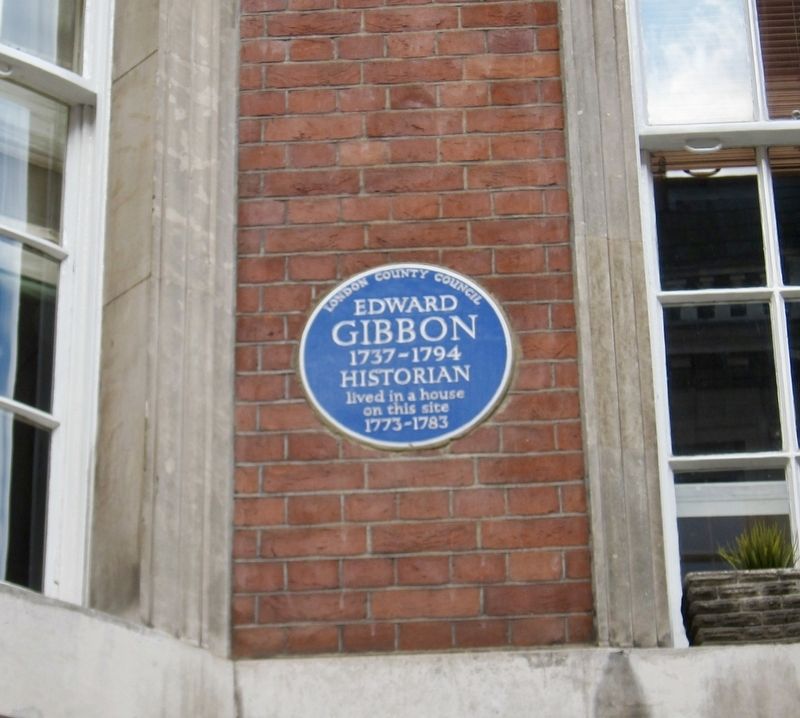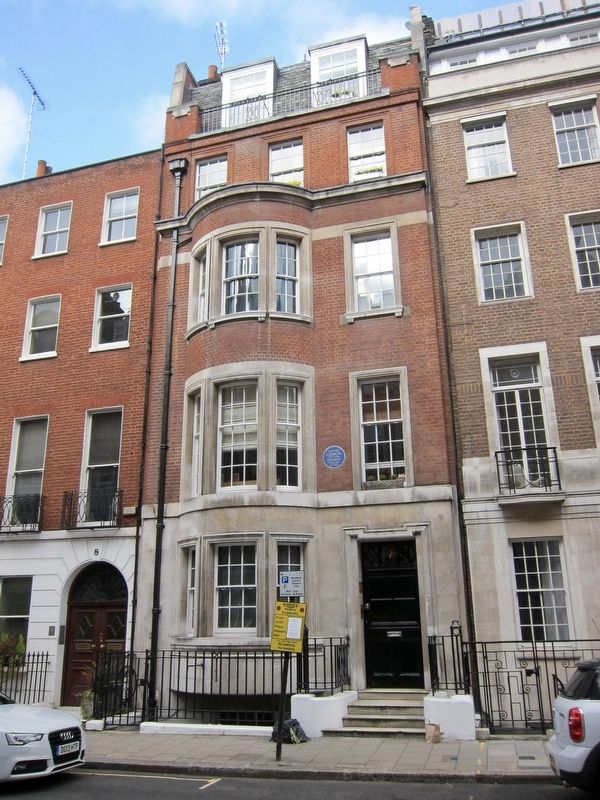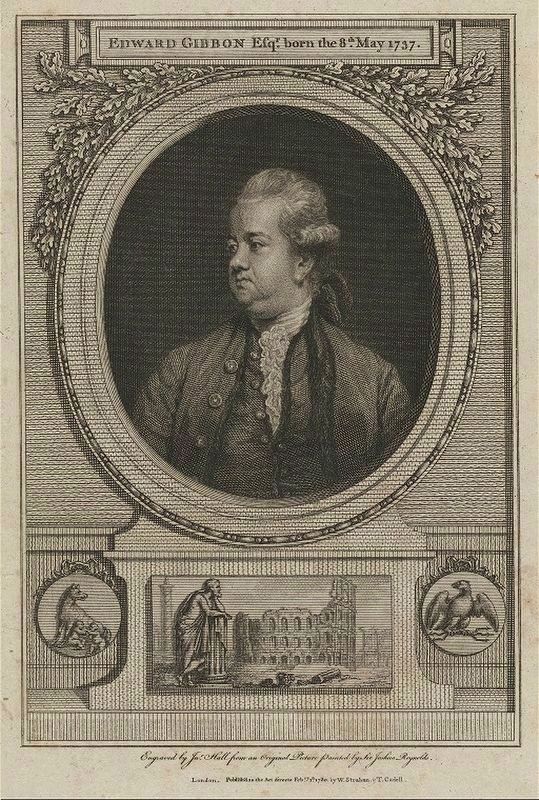City of Westminster in Greater London, England, United Kingdom — Northwestern Europe (the British Isles)
Edward Gibbon
1737-1794
Historian
lived in a house
on this site
1773-1783
Erected 1964 by London County Council.
Topics. This historical marker is listed in this topic list: Arts, Letters, Music. A significant historical date for this entry is May 8, 1737.
Location. 51° 31.033′ N, 0° 9.008′ W. Marker is in City of Westminster, England, in Greater London. Marker is on Betinck Street just east of Welbeck Street, on the right when traveling west. Touch for map. Marker is at or near this postal address: 7 Betinck Street, City of Westminster, England W1U 2EH, United Kingdom. Touch for directions.
Other nearby markers. At least 8 other markers are within walking distance of this marker. James Smithson (a few steps from this marker); Sir James MacKenzie (a few steps from this marker); Sir Patrick Manson (within shouting distance of this marker); Thomas Young (within shouting distance of this marker); Sir F. Paolo Tosti (about 90 meters away, measured in a direct line); Hector Berlioz (about 90 meters away); Stephen Pearce (about 120 meters away); Thomas Woolner RA (about 120 meters away). Touch for a list and map of all markers in City of Westminster.
Also see . . . Edward Gibbon (Wikipedia). "Edward Gibbon FRS (8 May 1737 – 16 January 1794) was an English historian, writer and Member of Parliament. His most important work, The History of the Decline and Fall of the Roman Empire, was published in six volumes between 1776 and 1788 and is known for the quality and irony of its prose, its use of primary sources, and its open criticism of organised religion. Yet his works are considered outdated today as Edward Gibbon's central thesis, that Rome fell due to embracing Christianity, is no longer accepted in academia today." (Submitted on December 9, 2017.)
Credits. This page was last revised on January 27, 2022. It was originally submitted on December 9, 2017, by Andrew Ruppenstein of Lamorinda, California. This page has been viewed 147 times since then and 9 times this year. Photos: 1, 2, 3. submitted on December 9, 2017, by Andrew Ruppenstein of Lamorinda, California.


